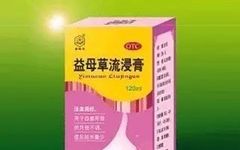Introduction
Medicinal pastes are an ancient dosage form in Traditional Chinese Medicine (TCM). With the development of history, the uses of medicinal pastes have gradually expanded, being used not only for external ailments but also for internal conditions; the production processes have also changed, especially for external pastes, which are now more convenient to use and have longer-lasting effects.
Medicinal Pastes
Medicinal pastes refer to a paste-like preparation made by concentrating medicinal substances with suitable solvents, which is an ancient dosage form in TCM, and can be used both internally and externally.
With advancements in technology, methods for extracting medicinal substances have expanded beyond decoction to include methods such as percolation and maceration; different concentrations of ethanol are also used as solvents.
Internal medicinal pastes include flow extracts, tinctures, and decoction pastes.
External medicinal pastes include ointments (medicated pastes), plasters (including dog skin plasters, black plasters, rubber pastes, and poultices).
Internal Medicinal Pastes
1. Flow Extracts

These are preparations made by extracting effective components from medicinal materials using suitable solvents (different concentrations of ethanol or water), evaporating part of the solvent, and adjusting the concentration to the specified standard. Unless otherwise specified, each 1ml is equivalent to 1g of the original medicinal material.
They are characterized by a high content of effective components and a small dosage, such as Yi Mu Cao (Motherwort) flow extract.
Except for a few varieties used directly in clinical practice, they are mostly used as raw materials for preparing tinctures, solutions, syrups, etc.
2. Tinctures
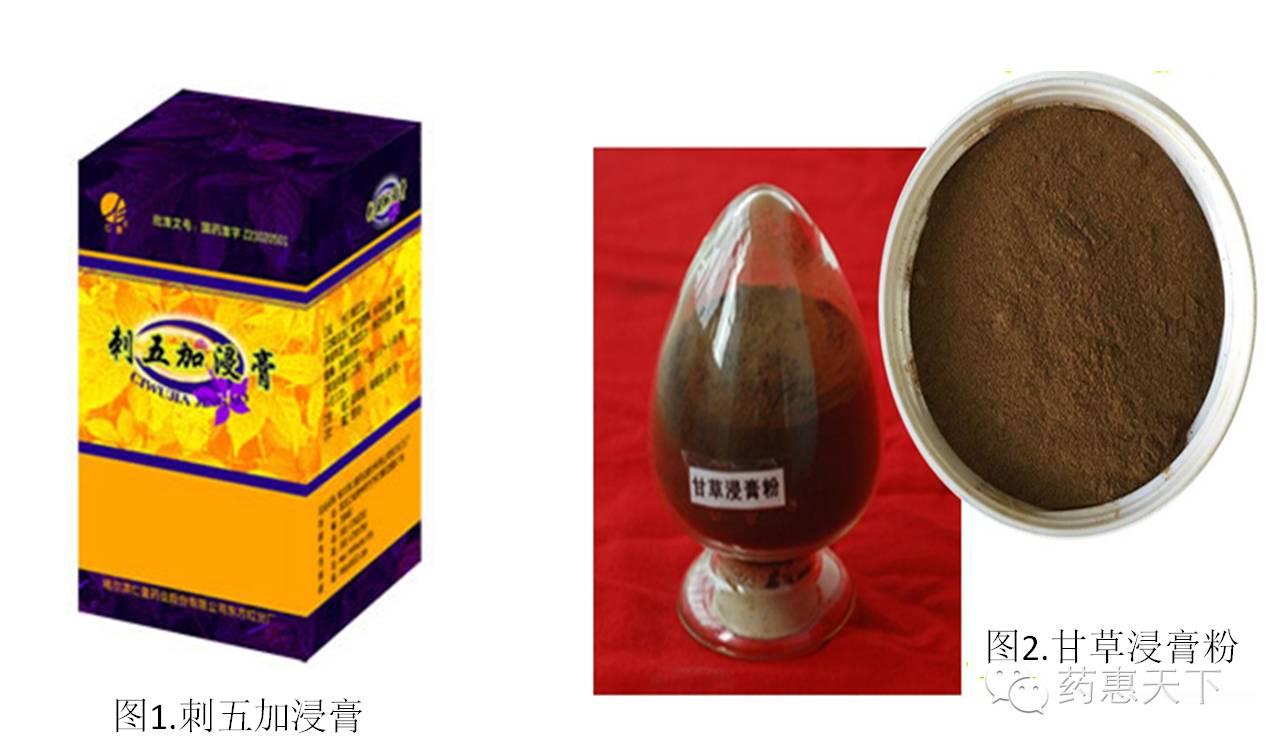
These are preparations made by extracting effective components from medicinal materials using suitable solvents (different concentrations of ethanol or water), completely evaporating the solvent, and adjusting the concentration to the specified standard. Examples include Schisandra (Wu Wei Zi) tincture and Glycyrrhiza (Licorice) tincture. They are further classified based on moisture content into thick tinctures (semi-solid, containing 15-20% moisture) and dry tinctures (powdered, containing about 5% moisture). Unless otherwise specified, tinctures are equivalent to 2-5g of the original medicinal material per 1g.
They are characterized by high concentration, small volume, and low dosage.
Except for a few varieties used directly in clinical practice, they are mostly used as raw materials for preparing granules, tablets, capsules, pills, ointments, etc.
3. Decoction Pastes
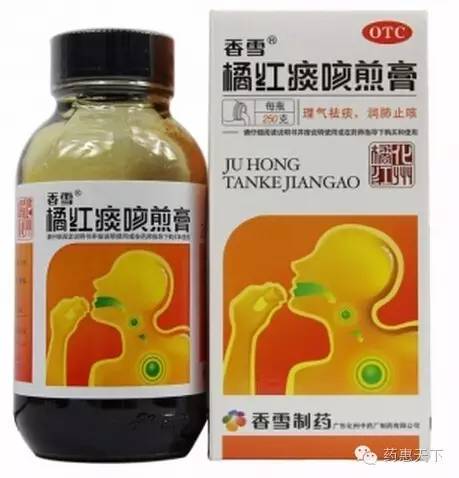
Also known as decoction pastes or medicinal pastes, these are preparations made by boiling medicinal materials in water, removing the residue, concentrating the solution, and adding honey or sugar (or invert sugar) to create a semi-fluid preparation. Examples include Chen Pi (Tangerine Peel) cough paste, Yi Mu Cao (Motherwort) paste, and honey-fried Chuan Bei (Fritillaria) paste.
External Medicinal Pastes
1. Ointments
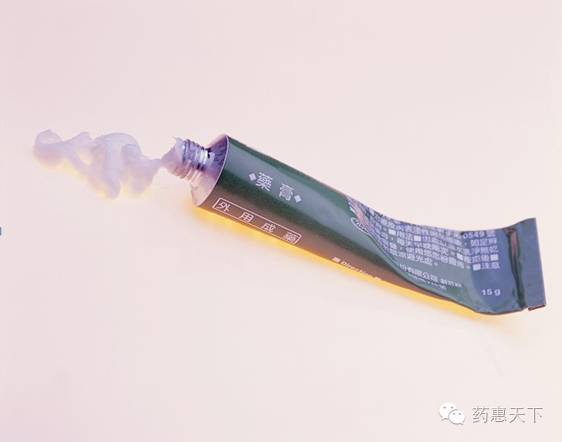 Also known as oil pastes, now referred to as ointments.These are semi-solid external preparations made by uniformly mixing extracts or fine powders of medicinal materials with suitable bases (oil-based, water-soluble, or emulsion-based), where ointments made with emulsion bases are called cream ointments. See image.
Also known as oil pastes, now referred to as ointments.These are semi-solid external preparations made by uniformly mixing extracts or fine powders of medicinal materials with suitable bases (oil-based, water-soluble, or emulsion-based), where ointments made with emulsion bases are called cream ointments. See image.
They are mainly used for chronic skin diseases, providing protective effects on wounds, lubricating the skin, and offering local or systemic therapeutic effects.
2. Plasters, are a type of external application in TCM, historically known as thin patches, made by boiling medicinal substances with plant or animal oils into a gel-like substance, which is then applied to cloth, paper, or skin, allowing it to adhere for an extended period, primarily used for treating sores, swelling, and pain.
In modern preparation processes, in addition to traditional bases, new bases such as rubber, hydrophilic bases, and polymer materials are also used.
These include dog skin plasters, black plasters, adhesive pastes (rubber pastes, poultices, and patches), etc.
1. Dog Skin Plaster
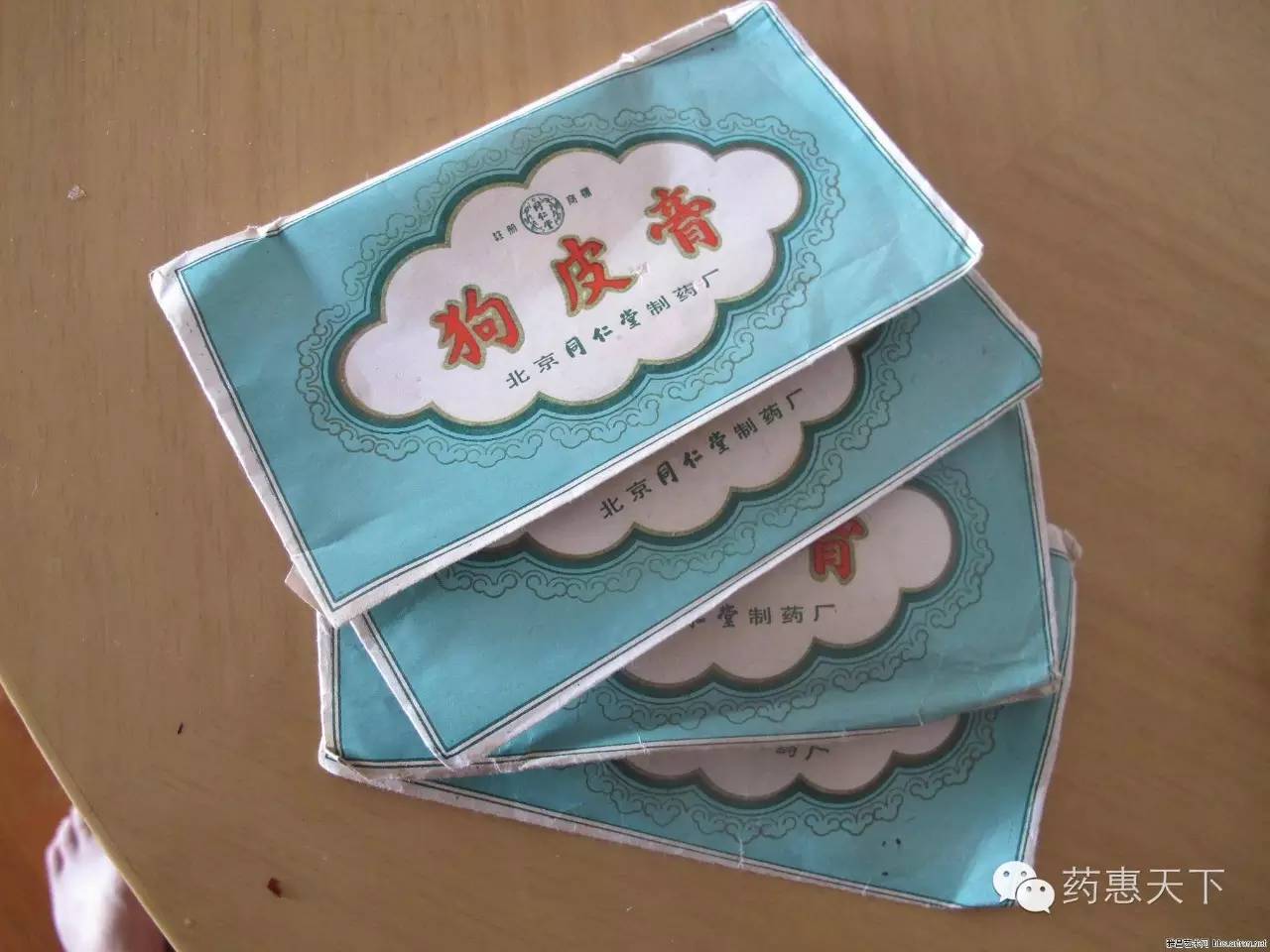 is a colloquial term for an external medicinal application, based on the TCM principle of treating internal diseases externally, where the medicine is directly applied to the affected area, known as acupoint application therapy. Before use, the plaster must be gently heated or steamed to soften it, then spread on paper, cloth, or animal skin (such as dog skin).
is a colloquial term for an external medicinal application, based on the TCM principle of treating internal diseases externally, where the medicine is directly applied to the affected area, known as acupoint application therapy. Before use, the plaster must be gently heated or steamed to soften it, then spread on paper, cloth, or animal skin (such as dog skin).
The plaster is then folded lightly and placed in a box or bag, which is the commercially available plaster today, requiring only warming to soften and apply to the affected area or acupoint.
Traditional dog skin plasters are black in color, commonly referred to as black plasters, primarily due to the use of lead oxide (mainly composed of lead tetroxide) in their preparation.
If lead oxide is replaced with basic lead carbonate, it will produce white plasters;
If resin (such as rosin) is heated and fused with plant oils, then mixed with medicinal materials, it results in non-lead plasters, which are red in color and also known as red plasters.
2. Black Plaster
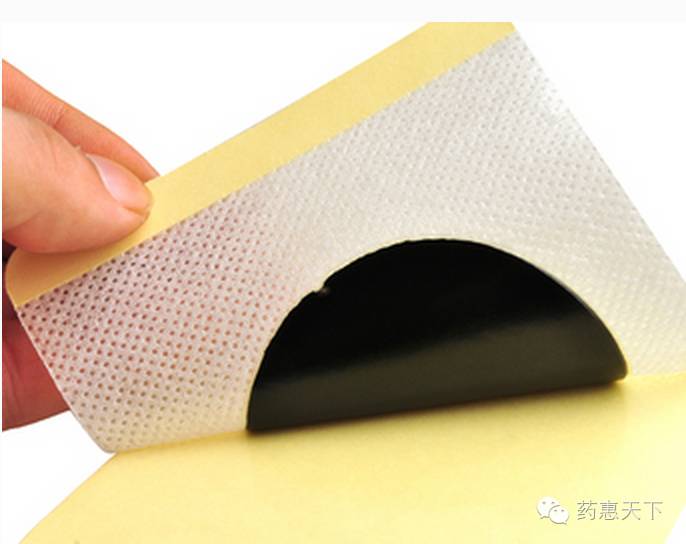
These are external preparations made by mixing medicinal materials, edible plant oils, and red lead (lead oxide) at high temperatures to create a paste that is spread onto backing materials. See image.
To use, they should be gently heated or refer to the instructions. For example, Zushi Ma Plaster.
The main component of the base is lead salt of high fatty acids.
3. Rubber Pastes
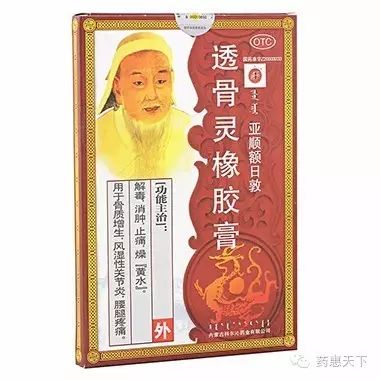 These are patches made by mixing extracts or/and chemical drugs with rubber or other bases, then applying them to backing materials. For example,透骨灵 (Tou Gu Ling) rubber paste.
These are patches made by mixing extracts or/and chemical drugs with rubber or other bases, then applying them to backing materials. For example,透骨灵 (Tou Gu Ling) rubber paste.
They mainly consist of backing materials, paste materials, and covering layers.
Characteristics: (1) Strong adhesion, can be applied directly to the skin without preheating. (2) Does not stain clothing, convenient for carrying and use.
4. Poultices
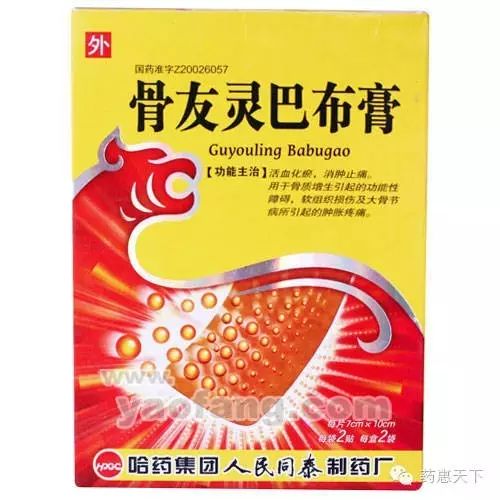
Also known as poultice pastes, colloquially referred to as poultice patches, these are made by mixing extracts, slices, or chemical drugs with suitable hydrophilic bases (such as sodium polyacrylate, gelatin, sodium carboxymethyl cellulose, glycerin, etc.), then applying them to backing materials. Examples include Bone Friend Ling poultice and Chan Wu poultice.
They mainly consist of backing materials, protective layers, and paste layers.
Characteristics: Convenient to use, comfortable to apply, non-irritating to the skin. Due to the hydrophilic nature of the base, the paste layer contains a certain amount of moisture, which enhances hydration and facilitates transdermal absorption of the medicine.
Disadvantages: Relatively poor adhesion.
This dosage form was successfully developed in Japan in the 1970s. It has significant advantages and is considered a promising dosage form.
5. Patches
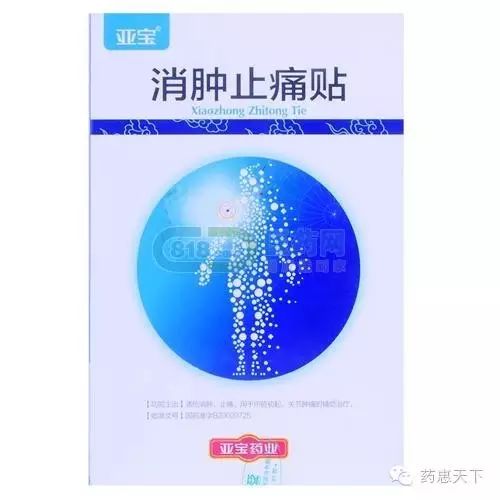
These are thin patches made from extracts of medicinal materials, medicinal slices, or/and chemical drugs mixed with suitable polymer materials. For example, swelling and pain relief patches.
They mainly consist of backing layers, drug reservoir layers, adhesive layers, and anti-adhesion layers.
Base materials include ethylene-vinyl acetate copolymer, silicone rubber, and polyethylene glycol, etc.
Disclaimer:
Images are sourced from the internet for knowledge illustration purposes only and are not related to product advertisements. Please treat this article correctly, thank you! If there are any issues, please contact for removal.
THE END
Health is worth sharing
Please long press the QR code to recognize and follow!

